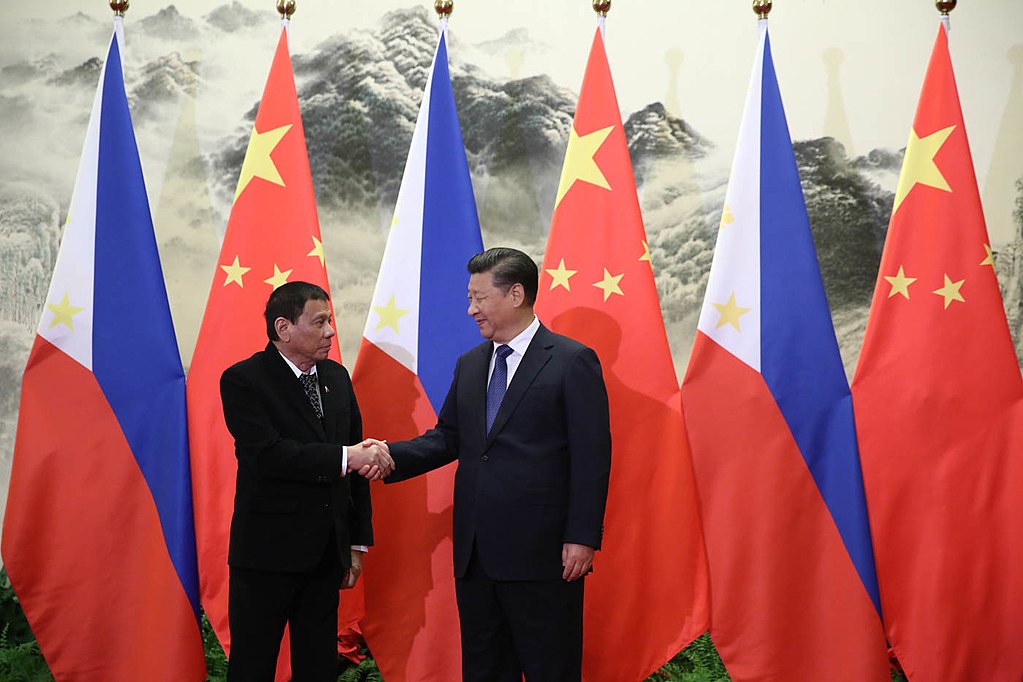
Whilst the Korean Peninsula and the China-US trade war has gotten a lot of media coverage this year, the South China Sea seems to have been relegated to limbo. But there have been two important developments. One is the formulation of a single-text draft of the South China Sea Code of Conduct; the other is that the Philippine navy's Gregorio del Pilar class frigate ran aground off the waters near the Half Moon Shoal of the Nansha Archipelago.
The Code of Conduct
Five years have passed since consultations about the Code of Conduct began in September 2013. At this year's China-ASEAN foreign ministers meetings in Singapore, China and ASEAN member countries formulated a single-text draft for COC consultations, which marks a significant step forward in such consultations, and laid important groundwork for making common rules for the South China Sea area. Considering that it took 10 years from the start of consultation to the signing of the DOC, the creation of the single-text draft has also been challenging.
It makes no sense now to continue concentrating on how many pages the draft includes, what's important is it incorporates the interests and demands of 11 countries, achieving a win-win outcome. But in the future, the majority of its contents will be deleted, and some parts may be adjusted, and gradually the document will be condensed to a text like the DOC, with only a few clauses. Wrangling will be fierce throughout. As COC consultations deepen step by step, divergences between China and ASEAN countries over such significant and sensitive matters as the applicability and nature of the text as well as military activities and resource exploitation will be inevitable, and disagreements will emerge one after another. Besides, the possibility of such consultations being intentionally disrupted by forces outside the region cannot be excluded. Which is why the "four wishes" Chinese Foreign Minister Wang Yi proposed at the 2016 China-ASEAN foreign ministers meeting entailed - "reasonable expectations, consensus through consultation, exclusion of interferences, step-by-step progress".
Shipwreck
As soon as the Gregorio del Pilar class patrol vessel was stranded near the Half Moon Shoal, it set people wondering whether this was a trick by the Philippine side to claim the shoal. But, judging from the response of the Chinese Foreign Ministry, the Chinese government did not lodge serious representations. The Philippines has also hauled away the stranded ship. This indicates deepening mutual trust between the two countries.
In April, Philippine President Rodrigo Duterte attended the Bo'ao Forum for Asia annual session on his third trip to China. His name was reportedly added onto the participating leaders' list. This also shows deepening China-Philippine relations.
Since Duterte assumed the presidency, there have been high hopes for China-Philippine joint development in the South China Sea. The bilateral consultation on the South China Sea held in Guiyang in 2017, made important institutional arrangements for the two parties to manage and control differences and focus on joint development. According to Philippine media reports, President Xi Jinping will visit the Philippines after attending the APEC meeting in November. It’s more likely now that the two countries will sign an agreement on joint oil and gas exploration in the South China Sea.
